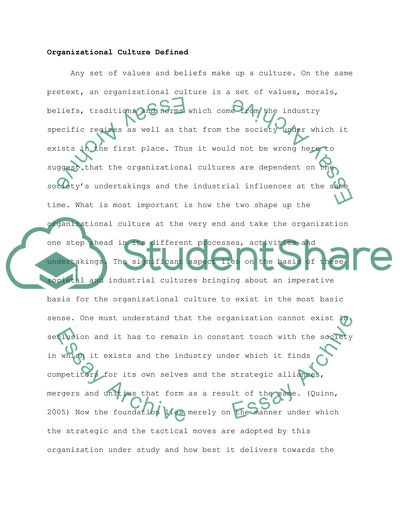Cite this document
(Changing organisational culture Coursework Example | Topics and Well Written Essays - 3000 words, n.d.)
Changing organisational culture Coursework Example | Topics and Well Written Essays - 3000 words. https://studentshare.org/culture/1715806-changing-organisational-culture
Changing organisational culture Coursework Example | Topics and Well Written Essays - 3000 words. https://studentshare.org/culture/1715806-changing-organisational-culture
(Changing Organisational Culture Coursework Example | Topics and Well Written Essays - 3000 Words)
Changing Organisational Culture Coursework Example | Topics and Well Written Essays - 3000 Words. https://studentshare.org/culture/1715806-changing-organisational-culture.
Changing Organisational Culture Coursework Example | Topics and Well Written Essays - 3000 Words. https://studentshare.org/culture/1715806-changing-organisational-culture.
“Changing Organisational Culture Coursework Example | Topics and Well Written Essays - 3000 Words”. https://studentshare.org/culture/1715806-changing-organisational-culture.


